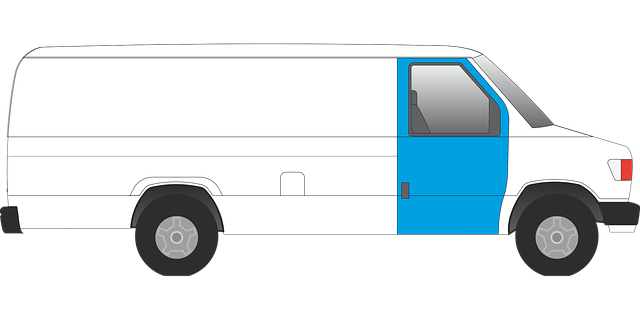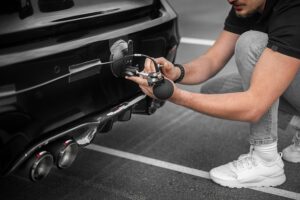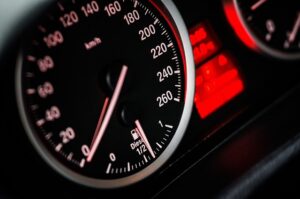Registering a Car in California: Step-by-Step Guide with DMV VIN Verification
Learn how to register your car in California with our comprehensive guide. This step-by-step process covers everything from understanding the requirements, gathering essential documents for a DMV VIN…….

Learn how to register your car in California with our comprehensive guide. This step-by-step process covers everything from understanding the requirements, gathering essential documents for a DMV VIN verification, running a vehicle history report, scheduling a visit to your local DMV, and completing the registration process. By following these simple steps, you’ll be on your way to securing your vehicle’s registration in no time.
- Understand the Requirements for Car Registration in California
- Gather Necessary Documents for DMV VIN Verification
- Perform a Vehicle History Report and Check for Any Issues
- Schedule and Visit Your Local DMV for Registration
- Complete the Registration Process and Obtain Your Certificate of Registration
Understand the Requirements for Car Registration in California

Before you begin the registration process, it’s crucial to understand what California requires for car registration. The state Department of Motor Vehicles (DMV) enforces strict guidelines to ensure vehicle safety and identity verification. One of the primary steps is the DMV vin verification, which involves checking the vehicle identification number (VIN) to confirm its authenticity and history. This process is essential to deter fraud and ensure only legitimate vehicles are registered.
Additionally, for convenience, many Californians opt for a mobile vin inspection or mobile vin verification. This service allows you to have the VIN checked at your location, saving time and effort. By understanding these requirements early on, you can streamline the registration process and get your vehicle legally registered in California promptly.
Gather Necessary Documents for DMV VIN Verification

Before heading to the DMV for car registration, make sure you have all the required documents ready for a smooth dmv vin verification process. This typically includes your vehicle’s registration certificate from the previous state (if applicable), proof of ownership, and a valid driver’s license or state-issued ID. It is also crucial to bring along any relevant repair or service records, especially if there have been recent modifications made to your car.
One handy tool that can assist in this process is a mobile vin verifier or mobile vin inspection app. These applications allow you to quickly and easily capture and transmit your vehicle’s unique VIN (Vehicle Identification Number) to the DMV for verification, saving you time and effort during the registration. Ensure the app you choose is reliable and approved by the California DMV to streamline this essential step of car registration.
Perform a Vehicle History Report and Check for Any Issues

Before registering your car in California, it’s crucial to perform a Vehicle History Report (VHR) using the DMV’s online tools or a trusted third-party service. This step is essential as it allows you to check for any existing liens, accidents, or other issues that could impact the registration process. The Department of Motor Vehicles (DMV) recommends this verification, often facilitated through a Vehicle Identification Number (VIN) inspection, which can be done conveniently with a mobile vin verifier.
By conducting this preliminary check, you can identify potential problems early on and decide on the necessary repairs or legal actions. A clean VHR is a significant step towards ensuring a smooth registration process at the DMV. Remember, a thorough VIN inspection using reliable methods like a mobile vin inspection service is key to avoiding surprises later.
Schedule and Visit Your Local DMV for Registration

After gathering all necessary documents, it’s time to schedule and visit your local DMV for car registration. The California Department of Motor Vehicles (DMV) is responsible for processing vehicle registrations and conducting essential checks like VIN verification. Before heading in, be sure to book an appointment online or over the phone to avoid lengthy wait times.
During your visit, you’ll need to present your completed registration application, valid identification documents, proof of insurance, and your vehicle’s title. Additionally, the DMV will conduct a VIN inspection to ensure the vehicle’s information matches the records and to confirm its status. Alternatively, many individuals opt for a convenient mobile vin verifier service that allows for quick and easy on-site or remote verifications, saving time and effort.
Complete the Registration Process and Obtain Your Certificate of Registration

After you’ve gathered all the required documents and completed the application process at the DMV, it’s time to finalize your vehicle registration. The next step involves a crucial element: DMV VIN verification. This process ensures that your car’s unique Vehicle Identification Number (VIN) is accurate and matches the information in their records. You can facilitate this through a mobile vin inspection or using a mobile vin verifier—a convenient and efficient way to expedite your registration.
Once the VIN is verified, you’ll receive your Certificate of Registration. This document confirms that your vehicle is legally registered in California. Keep it handy as you’ll need it for future reference, such as when selling your car or renewing your registration.
Registering a car in California involves understanding specific requirements, gathering essential documents, and ensuring a clean vehicle history. By performing a DMV VIN verification, checking for any prior issues, scheduling a visit to your local DMV, and completing the registration process, you’ll be on your way to legally owning a new or used vehicle in the Golden State. These steps ensure compliance and peace of mind.







